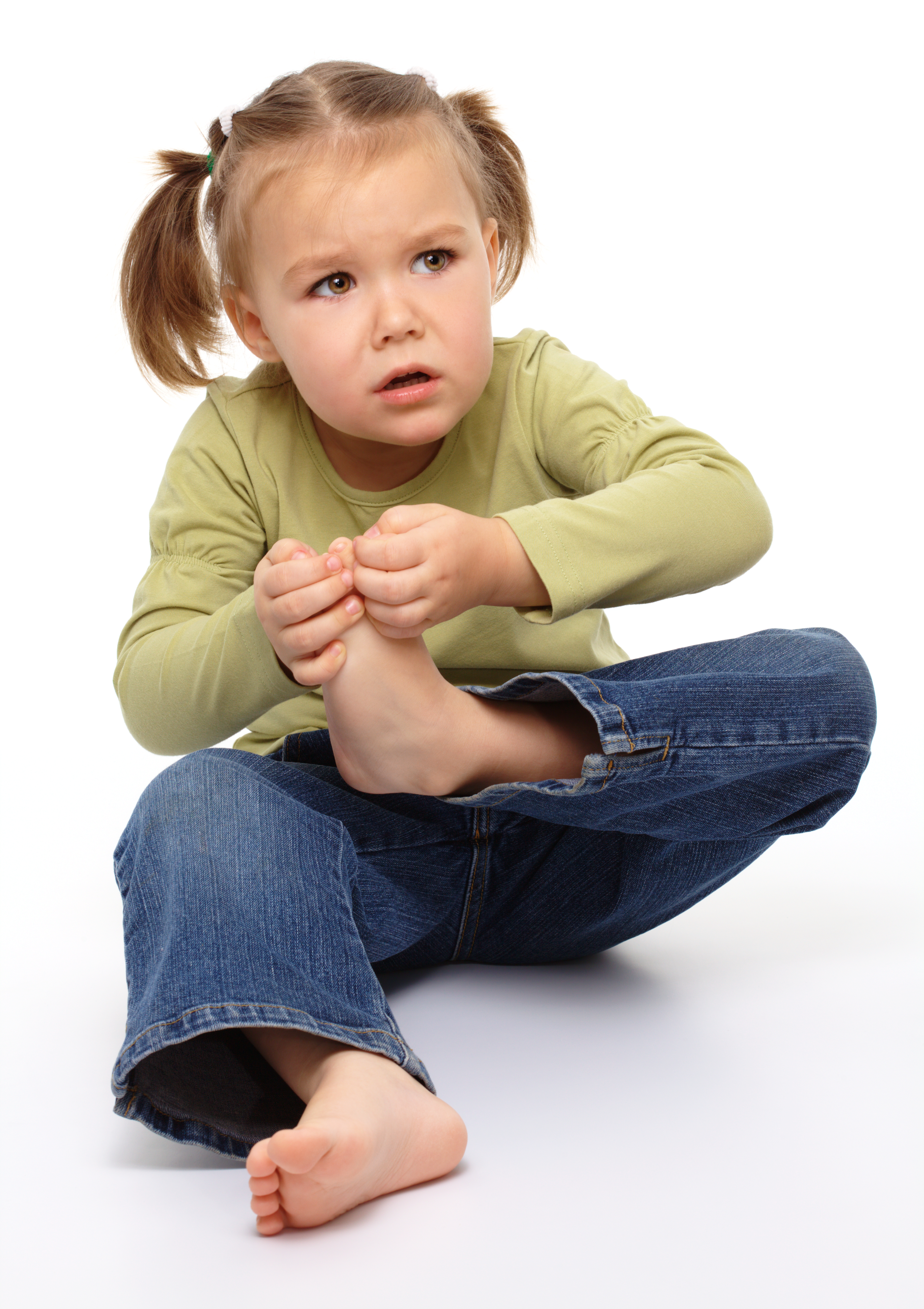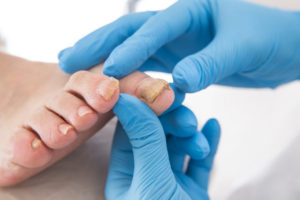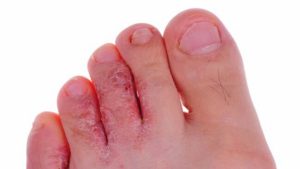“And what is the problem that your daughter is having with her feet?”
“She’s walking funny. I don’t know if it’s normal – it doesn’t seem quite right”
That right there is a conversation that our receptionist has on the phone many times a week. Parents notice that something isn’t *quite* right with the way their kids are walking, and aren’t sure what they should do. Primarily, they don’t know if it’s a normal part of their kid’s growth and development – or whether something isn’t right and their kids may be vulnerable to problems down the track.
This is a very real concern – and as parents ourselves, we want to help. So today, we’re sharing five common problems we see in kids with the way they walk – and what it means for their foot and leg health.
1. Toe Walking
Toe walking describes walking regularly on the balls of the feet, without the heel coming into contact with the ground. It is not uncommon to see this up to the age of three, where kids are still very much exploring walking styles and learning what feels comfortable for them.
Toe walking before the age of three isn’t an indicator of a problem – kids may just be having fun walking this way. It may become a problem if the frequency of this walking style is so high that muscles adjust to this position. As the Achilles tendon remains contracted when on the toes, if it becomes permanently contracted, then kids may have no choice but to continue walking on their toes as attempting to make ground contact may become uncomfortable or painful.
If your child is toe walking beyond the age of three, or they are complaining of any pain or discomfort while toe walking, we recommend bringing them in for an assessment.
2. In-Toeing
Often referred to as pigeon-toeing, in-toeing is the position where the feet turn it to face one another. While the position itself is not typically painful, it can cause kids to trip over their feet and fall more often, leading to other injuries. It may also make them appear clumsy and uncoordinated.
When in-toeing persists beyond the age of four, it’s important to find out the cause. If in-toeing is not present at birth and develops, it is likely caused by the internal rotation of either the shin bone (tibia) or the thigh bone (femur). In this case, it is not just the foot that is affected, but the muscles around the legs, as well as the knee joint.
We’ve been working with a lot of cases of adult in-toeing lately – that is, in-toeing that never resolved in childhood and has persisted into adulthood. While some in-toeing may resolve over time, in others it can persist. If your child is in-toeing past the age of four, bring them in for an assessment.
3. Flat Feet
When your child is first born, they’ll likely have flat feet – and this is completely normal. Their feet will have a big fat pad and no strong, defined foot muscles yet – so don’t worry about whether an arch is forming until your child is at least a couple of years old.
As kids grow and become confident and strong walkers, we do expect that an arch will start to develop. Around the age of four to five is when we’d expect to see a ‘normal’ arch. If it hasn’t developed by the age of five, and they’re not exhibiting any painful symptoms in the feet or legs, then it is likely that they have a flatter foot posture. This means that they may not develop any more of an arch as they grow.
For some children, they may exhibit few symptoms of their flat foot type, other than some tired or achy legs on days that they’re very active on their feet. For others, however, their flat foot posture may make them vulnerable to foot and leg problems. Specifically, they may sustain more overuse injuries as a result of their muscles working harder to support their feet.
If your child still has flat feet at the age of seven, or they develop any pains or aches at any age after they start walking, bring them in for a foot health check.
4. Knock Knees
Knock knees describe the position where the kneecaps turn in to face one another, bringing the knees closer together (and often the feet wider apart). While knock knees around the age of three or four may be a normal part of the development process, they should resolve by the age of seven.
While kids are still young, their knock knees may help them to feel more stable and balanced on their feet. However, when they start to run quickly and participate in sports, knock knees may cause them to trip and fall, injuring themselves.
If knock knees persist beyond the age of seven, or only develop around the age of six, bring them in for an assessment. This will also help rule out any underlying disease.
5. Limping (or other exaggerated hip movements)
If your child starts limping and is in pain, bring them in straight away. If they appear to be limping (or strangely moving their hips or legs) and are not exhibiting any painful symptoms, there are a number of possible causes that we recommend investigating. These include a leg length difference, hip muscle weakness, juvenile arthritis, neurological problems and more.
In these cases, we always recommend an assessment as the safest precautionary measure because limping (or exaggerated hip movements) are not a part of regular growth and development in kids.
Need To Book In With A Children’s Podiatrist?
We love helping kids and families get back to being happy, healthy and feeling great on their feet. We work extensively with children in the Auckland region and have a family-friendly clinic for kids to enjoy. We’re parents too – so we completely understand your fears and concerns.
You can book your appointment online here or call us on (09) 523 2333

 It’s done simply and effectively in-clinic
It’s done simply and effectively in-clinic